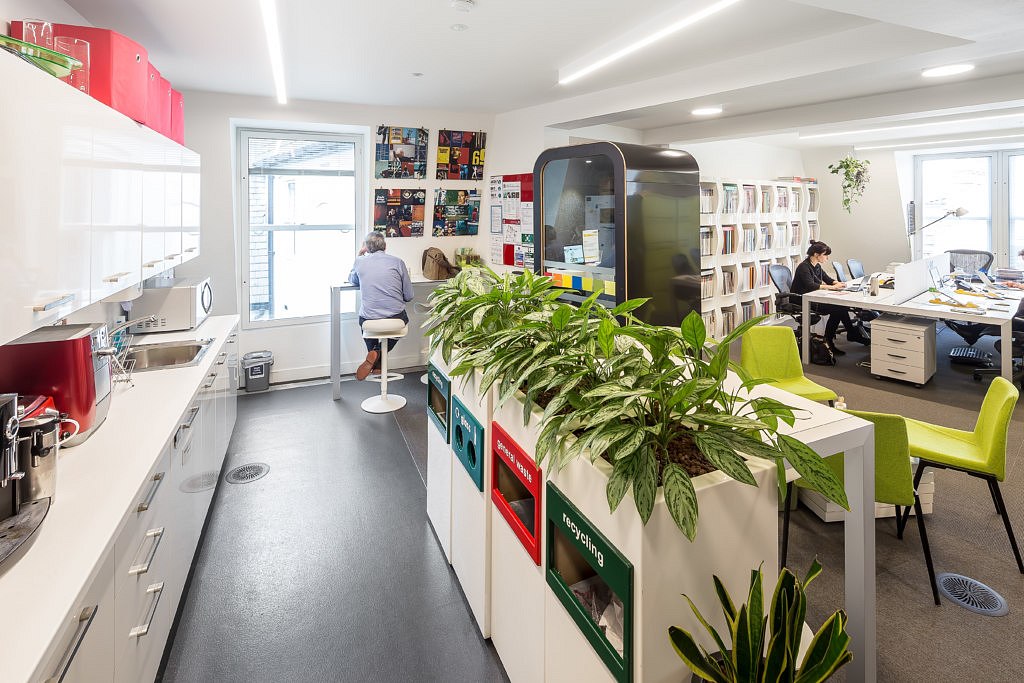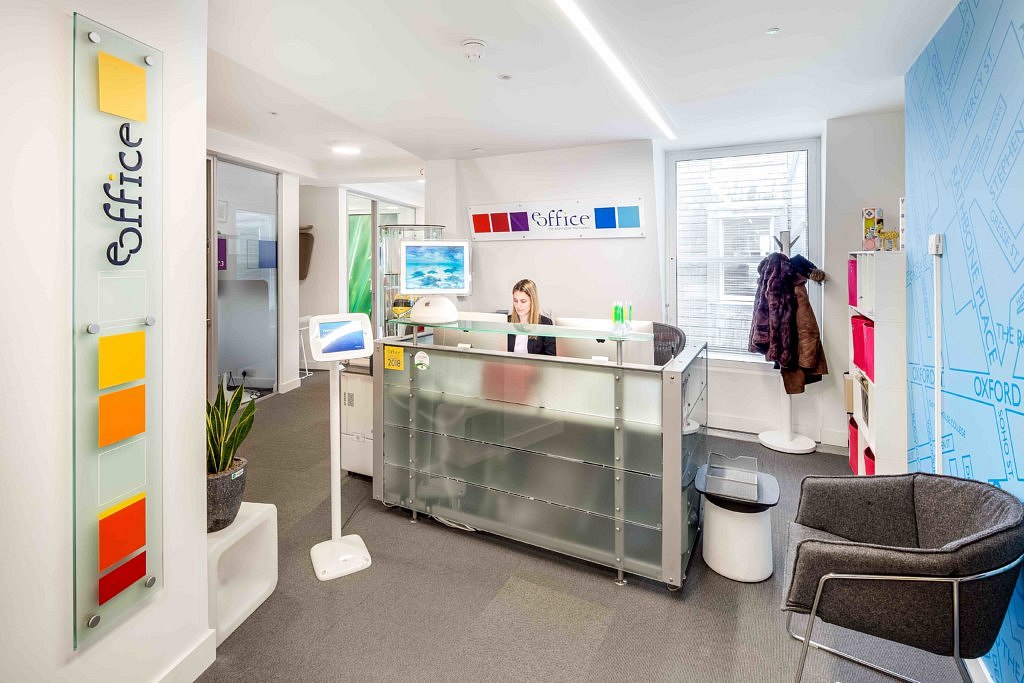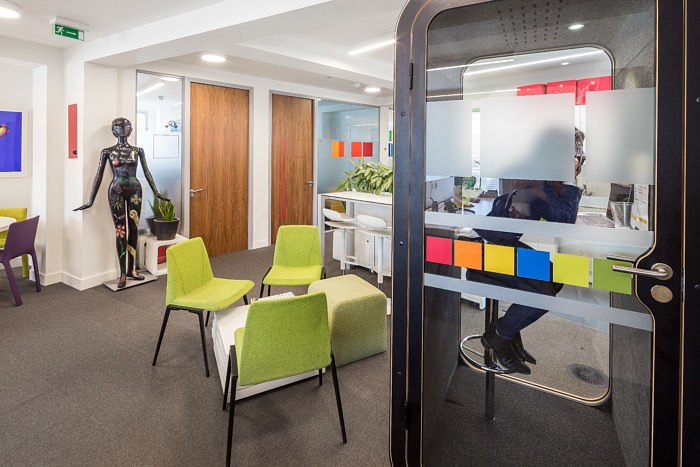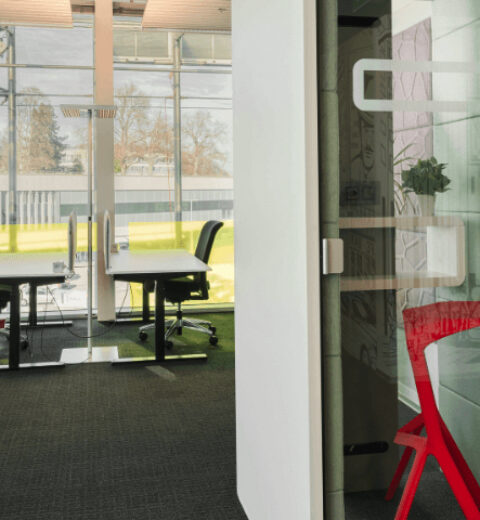Flexible Work Tips: How to Dewire Your Office and Maximize Productivity
The way people work today is no longer confined to the typical office space. As coworking spaces, open floor concept rooms and virtual offices become more popular for businesses both large and small, companies can offer their employees a variety of work environments to help them find the workspace that suits them best.

But what exactly caused this shift in how we do work, and why does it matter for your business?
Largely, the impetus for this shift toward work flexibility is greater access to technology that allows businesses to “dewire”—that is, rely on digitized tools as opposed to analog ones. Fax machines, phone services and even on-site computer storage are considered office tools of the past as prices on newer innovations drop and become affordable investments for smaller businesses or startups just getting their feet wet.
On top of higher engagement and efficiency in your company, using these tools to modernize your workspace can unify your teams, encourage collaboration and drive higher levels of productivity.
Continue reading to learn a few new strategies for revamping your work environment.
- Occupy “smarter” workspaces
If you’re looking to have a business that better connects its people and technology, it makes sense that your office space should be shaped by this vision as well. As one of the most prominent conversations circulating business sectors, many thought leaders are considering how the design of spaces, from its color scheme to internet connectivity, invoke great performances for work teams.

Using technology to “work smarter, not harder” isn’t just something that employers are thinking about. One recent study found a large correlation between providing adequate technology to employees and their relative happiness at work. In fact, perceptions around office technology have adjusted considerably, with an overwhelming 78% of workers vying for better tech and resources at work. This is why you should consider a forward-thinking office designed with the unique demands of your business’s work.
Already equipped with state-of-the-art tech and resources, coworking spaces are one smart workspace that draws an audience of startups, entrepreneurs and even employees who are looking to venture outside of their cubicles. Or, if your business is looking to expand into a more permanent option for growth, renting out a smart building could be a prudent investment for driving down overhead costs like lighting and energy usage.
- Unplug your landlines
Picture your desk space at work. You probably have a computer, an extra monitor, your personal belongings, a calendar, and—if your job demands it—a phone line for making internal and external business calls.
While traditional phones were once commonplace, the era of instant engagement and constant access to personal phone devices has transformed public perceptions toward communication technology, and the workplace is no exception. Desk phones tether employees to their physical office space, meaning that working from home or even working from other locations in the office aren’t a possibility. And since many organizations today rely on remote customer service teams, sales reps and virtual administrative assistants, having the ability to make phone calls outside of the office is necessary in order to give your teams the tools they need to succeed. That’s where phones with internet connectivity come into play.
While the ability to send audio signals over computers and tablets has existed for some time, only recent advancements in internet speeds have made this technology possible over long distances and with normal to high connection speeds. These types of phones, known as Voice over Internet Protocol, can replace legacy phone systems, allowing your phone system to travel with you wherever you have an internet connection.
- Digitize your work process
Scanners, filing cabinets and paper documentation are all indications that your office isn’t operating at modern speeds. Whether you use paper contracts to move potential projects toward execution or store confidential employee information in a secluded filing cabinet (which has been known to cause critical security threats), there’s a good chance that you’re missing out on opportunities to work at a greater productivity level.

Unlike a digital document, paper can only be shared widely when it is manually copied, and any updates made to one will not be made to any of the others. Getting signatures and approvals is a nuisance in equal measure, as the document has to find its way to each person’s desk in the relevant chain of command. What happens when you need a signature to authorize moving forward, only to have that person working remotely for the day? What will you do when an employee requires access to their benefits information after work hours?
In today’s office workspace, the solution for productive businesses is to instill a digital transformation on workflows, internal documents and company data. Digital access to important information makes tasks such as locating the document, allowing access to view or modify its contents or acquiring an eSignature quick and painless.
- Migrate to off-site electronic storage
If uploading your documents to your company’s computers is the first part to a digital transformation, sourcing an off-site storage system is the logical step for businesses seeking to make their information as available as their employees want it to be.
In simplest terms, the cloud stores information on off-site servers, allowing information to be accessed through the internet. When compared to on-site storage—either via personal computers or on managed servers—cloud systems yield greater cost and space efficiency, giving you more time, energy and room in the office to get work done. The cloud also includes preemptive measures to ensure that your teams continue to operate at their most productive. Disaster recovery and backup plans, for example, help you prepare for the worst to ensure that you don’t lose the information you need to deliver your product or service. These features stand in stark contrast to on-site data storage, which would require manual updates and IT management in order to preserve the information driving your business.
In many ways, the cloud is the ultimate “dewiring” step, in that it enables your teams to access tools, contract management software, communication platforms, intranet systems, project management services and more online, meaning you’ll never need to plug-in at your desk in order to access these resources.
By approaching your dewiring process through the lens of some or all of these tools, you’ll gear up your internal teams to operate at their best.
Photo credits: eOffice





